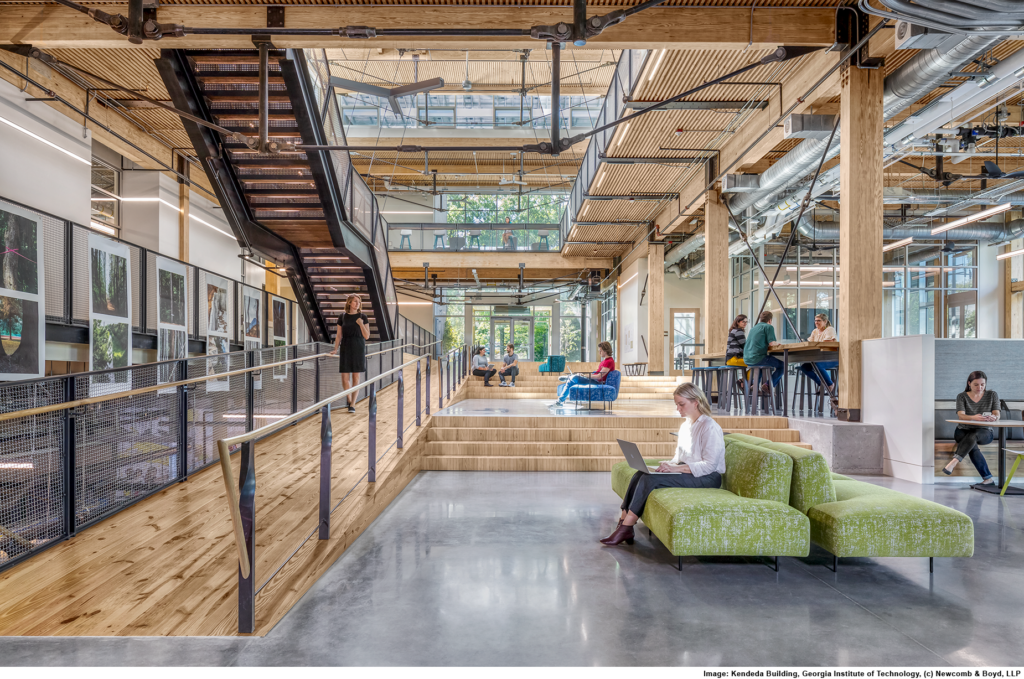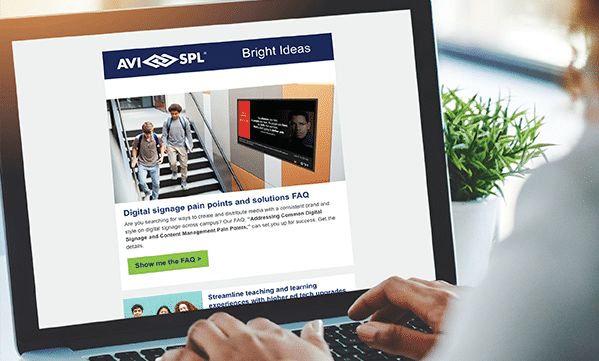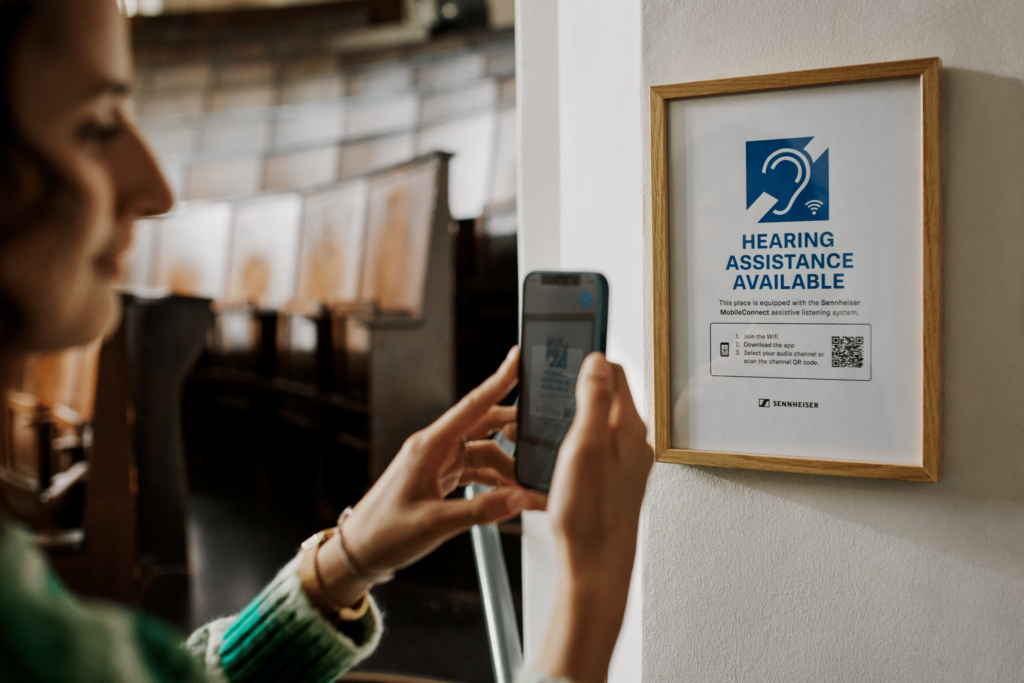
Jul 1, 2025
Beyond LEED: Delivering AV and IT for the World’s Greenest Buildings
View moreOct 5 - 2023

Hybrid learning is still prevalent, but many higher education students are back to spending most of their learning time in classrooms and lecture halls. Have you thought about how these recent changes impact students with hearing loss?
It may be time to upgrade your technology to boost accessibility. Using assistive listening apps helps higher education institutions meet accessibility compliance requirements for deaf and hard-of-hearing hearing students, such as those outlined in the Americans with Disabilities Act (ADA) and Section 504 of the Rehabilitation Act.
However, there are benefits well beyond simple compliance, too. Read on to explore those benefits along with the top considerations when choosing an assistive listening app. Plus, you’ll discover how Sennheiser’s MobileConnect app may be the best solution for you.
In addition to fulfilling legal requirements, offering assistive listening apps demonstrates a commitment to diversity and inclusion within the university community. You’ll send a clear message to students and parents that your school values and supports all learners, regardless of their abilities.
Further, higher education institutions that utilize innovative assistive listening technology can contribute to ongoing research and development in the field. This fosters innovation and the improvement of assistive listening apps and related technologies.
With the impending college enrollment cliff prediction, budget cuts may follow for a few years. Apps are more cost-efficient than purchasing additional hardware. And in post-covid classrooms, allowing students to use their own smart devices eliminates the hygiene concerns that come with shared equipment.
Data shows that colleges need to support a growing number of international students. The Department of Homeland Security’s Student and Exchange Visitor Information System (SEVIS) reports that 1.08 million international students have study visas in the U.S. as of January 2023. Assistive listening apps that offer multiple live streams can deliver multilingual live translations to allow students to listen in their native language.
So, when you decide to upgrade your assistive listening system to an app-based solution, how do you choose the best solution for your needs? Here are the top six considerations when choosing an assistive listening app.
Subscribe to AVI-SPL’s Bright Ideas newsletter for the latest higher education audio visual, collaboration, and workplace tech news and trends.

Apps offer students bring your own device flexibility by utilizing personal smartphones. Ensure your preferred app is iOS and Android compatible to accommodate all students.
Students should be able to participate in class in real-time, so a low-latency audio solution is a must. Students should not only be able to hear the lecture but also interact with instructors. Choose an app with a talk-back feature that allows students to communicate directly with instructors and truly participate in class discussions.
Ensure your listening app is intuitive, easy to use, and allows users to sit anywhere. The app should include a user-friendly interface and allow for quick access to the audio stream.
Students also expect a personalized learning experience that they can customize for their needs. That includes how they interact with assistive learning solutions. Look for an app that offers a customizable listening experience with volume and noise cancellation controls.
Sennheiser’s MobileConnect brings a new level of accessibility to higher education environments. The system delivers modern assistive listening and talk-back through a discreet smartphone app.
MobileConnect checks all the consideration boxes for an assistive listening app.
The system has three components: MobileConnect Station(s), the MobileConnect App, and MobileConnect Manager software. It also works through your WIFI network, which simplifies installation.

For multilingual events, multiple live-streaming channels are essential. When live translations are available, students should be able to listen in their preferred language. Using an app creates a discreet experience for your students, too.
Apps should be easy to use and fit into your students’ everyday routines. That means, your assistive listening app must work with participants’ hearing accessories, such as personal induction neck loops, headphones, and hearing aids.
Just like the app should be simple to use for students, installation and management should be quick and easy for your IT teams. Consider if your preferred app connects to the room’s WIFI and integrates with your existing audio control system. You also don’t want support staff to travel to different lecture halls to manage the system. Choose an app that comes with a single management portal instead.
Assistive listening apps like Sennheiser’s MobileConnect offer numerous advantages for higher education institutions by promoting accessibility, inclusivity, and effective communication for students with hearing impairments. These apps are also cost-effective, contribute to a more equitable educational experience, and demonstrate a commitment to meeting the diverse needs of students.
Contact AVI-SPL when you’re ready to get started with Sennheiser MobileConnect.